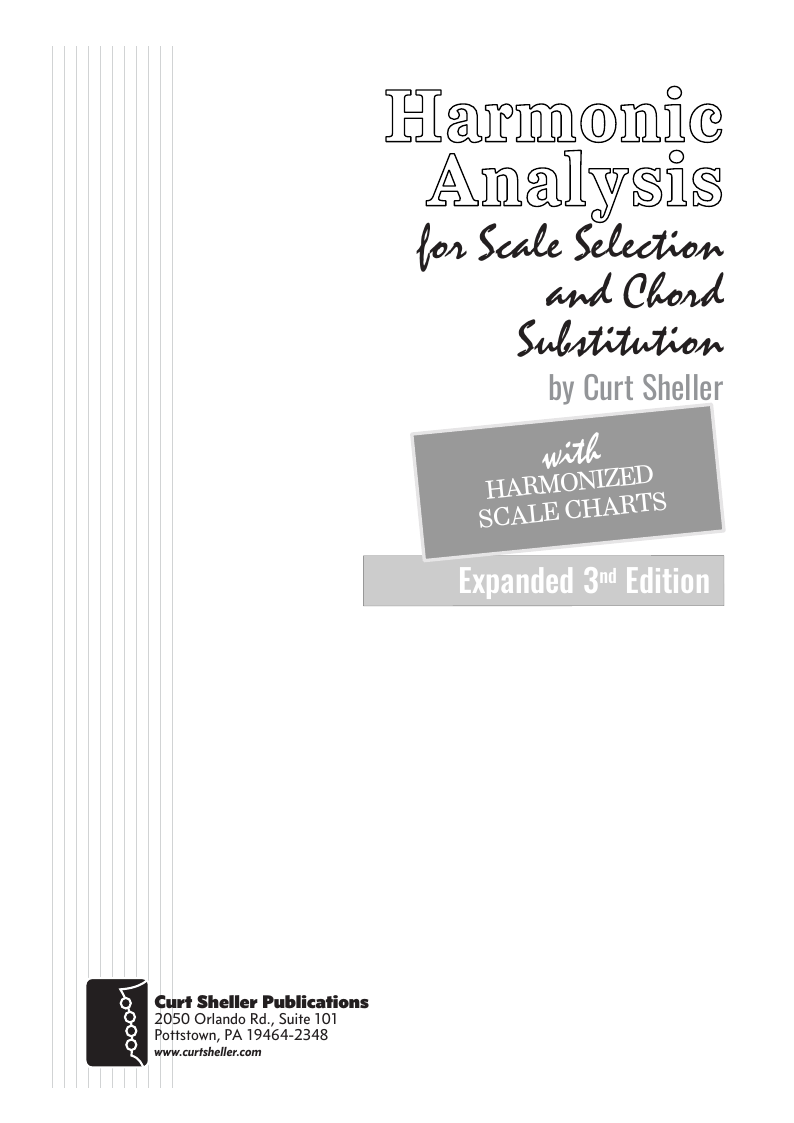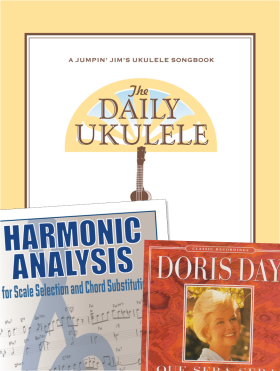Harmonic Analysis (RMA) Worksheet for the song: "Que Sera, Sera (Whatever Will Be, Will Be)".
Harmonic Analysis (RMA) Worksheet for the song: Que Sera, Sera (Whatever Will Be, Will Be).
Que Sera, Sera (Whatever Will Be, Will Be) is a song written by the team of Jay Livingston and Ray Evans that was first published in 1955. Doris Day introduced it in the Alfred Hitchcock film The Man Who Knew Too Much (1956), singing it as a cue to their onscreen kidnapped son. The three verses of the song progress through the life of the narrator—from childhood, through young adulthood and falling in love, to parenthood—and each asks "What will I be?" or "What lies ahead?" The chorus repeats the answer: "What will be, will be."
Day's recording of the song for Columbia Records made it to number two on the Billboard Top 100 chart[6] and number one in the UK Singles Chart. It came to be known as Day's signature song. The song in The Man Who Knew Too Much received the 1956 Academy Award for Best Original Song. It was the third Oscar in this category for Livingston and Evans, who previously won in 1948 and 1950. In 2004 it finished at number 48 in AFI's 100 Years...100 Songs survey of top tunes in American cinema. In 2012, the 1956 recording by Doris Day on Columbia Records was inducted into the Grammy Hall of Fame. (wikiwand);
"Que Sera Sera" came to be considered Doris Day's signature song, and she went on to sing it in later films and TV appearances. In 1960's Please Don't Eat the Daisies, she sings a snippet of the song to her co-star, David Niven, who plays her husband. In the 1966 film The Glass Bottom Boat she sings a snippet accompanied by Arthur Godfrey on ukulele. From 1968 to 1973, she sang a rerecorded version as the theme song for her sitcom The Doris Day Show. (wikiwand);

The Daily Ukulele— 365 Songs for Better Living book.









VI7
( V of II)
* The Gdim is a Disguised Secondary Dominant chord. If staying with the in-correct analysis of the Diminished chord, C#dim would have been a better choice for having a better shot at getting the C# as the chromatic bass line.
I7
( V of IV)
A Harmonic Analysis (RMA/HA) and its worksheet are intended to show the function of the chords, the harmonic principles used, the keys and tonalities the song explores. And, can be used for scale selections and chord and scale substitutions.
lead leadsheet.Minimal roadmap information such as repeats, fine, D.S., D.C., and codas has been used in preparing the worksheets to somewhat mirror the leadsheet in the Daily Ukulele book.
Yellow Book. You should start to recognize that 1st endings typically always return to a previous verse or an
 section. With a 2nd ending, a transition to a different part of the song, a
section. With a 2nd ending, a transition to a different part of the song, a  or chorus. Harmonic Principles are used for these repeats and transitions.
or chorus. Harmonic Principles are used for these repeats and transitions.- Que Sera, Sera (Whatever Will Be, Will Be) is in 3/4, and the Key of F . The original is in the Key of A , Tempo: 176 bpm
- Full Diatonic
- Partial Diatonic • Full Diatonic includes Secondary Dominant chords

Contemporary Scales: Minor Pent: Minor Pentatonic, Pent: Major Pentatonic, Blues,
Scale/Mode Names: Ion: Ionian (Major), Dor: Dorian (Minor), Phrygian: Phrygian, Lyd: Lydian, Mix: Mixolydian (Dominant), Aeol: Aeolian (Natural Minor), Loc: Locrian


Que Sera, Sera has a lot of potential for re-harmonization with the long measures of chords — especially the I chord. Listen the the Doris Day recording closely for ideas.
- (wikiwand); Que Sera, Sera (Whatever Will Be, Will Be)
- Doris Day – Whatever Will Be, Will Be (Que Sera, Sera) •
- Doris Day – Que Sera Sera •
- Neusa Maria – QUE SERÁ, SERÁ – Jay Livingston- Evans – versão de Nadir Corte Real •
- The Glass Bottom Boat – Doris Day, Rod Taylor, Arthur Godfrey, Eric Fleming, Paul Lynde • A Ukulele scene comes on around 44:37 with Arthur Godfrey and Doris day sing the movie theme song. Que Sera, Sera comes in at 46:38.
Related Lessons, Videos, Lesson Series, Songs, Books & Reference Charts, Resources & Assets, Workshops are below.

Harmonic Analysis ( HA ) is the process used to determine the harmonic function of chords within a chord progression. A chord progression is defined as a sequence of chords, each chord has a root and has a particular chord type. The relationship of a chord's root to a scale determines its function within that scale's tonality. Once a chord's function is identified, scale selections along with chord and scale substitutions can be made. This process is called Root Movement Analysis ( RMA ). This series of lessons are extracted from my book for use with individual private and on-line students. Each lesson directly corresponds the chapters in my book Harmonic Analysis for Scale Selection and Chord Substitution by Curt Sheller (me).

Harmonic Analysis (HA), also known as the study of chord relationships, is the method used to identify the harmonic role of chords within a chord progression or song. A chord progression refers to a sequence of chords, with each chord having a root note and belonging to a specific chord type. The function of a chord within a particular scale's tonality is determined by its relationship to that scale.

Harmonic Analysis is the understanding of the functional sequence of chords. It is the process used to analyze the harmonic structure of a progression, song or composition. This analysis is then used to make scale selections for improvisation and chord substitution.

Strum a different song every day with easy arrangements of 365 of your favorite songs in one big songbook! The Daily Ukulele features ukulele arrangements with melody, lyrics and uke chord grids and are in ukulele-friendly keys that are particularly suited for groups of one to one hundred to play and sing.

Finally, learn the names of the notes of the ukulele fingerboard in C tuning .

Learn the six fingering principles to navigating the ukulele fingerboard. Fingering is one of the most universal topics. Book: Six Secrets of the Ukulele Fingering

Harmonic Analysis is the understanding of the functional sequence of chords. It is the process used to analyze the harmonic structure of a progression, song or composition. Book: Harmonic Analysis for Scale Selection and Chord Substitution

Learn to read single note melodies in the first/open position is a lot easier than you might think. Book: Ukulele – Reading Music Series – Primer

An organized collection of daily practice and reference material for the contemporary ukulele player for developing the vocabulary and knowledge necessary for single note playing. Book: Daily Practice Material for the Contemporary Ukulele
Checkout the Books & Reference Charts for additional Handy, Dandy Reference Charts.

Ukulele Fingerboard Chart for C Tuning, Low or High G – G C E A

Ukulele Fingerboard Chart for G Tuning, Low or High A – D G B E

A handy reference chart of all 15 major and relative minor key signatures. US Letter 8.5 x 11 sized (ANSI-A), A4
Checkout the Books & Reference Charts for additional Handy, Dandy Reference Charts.
Que Sera, Sera (Whatever Will Be, Will Be).







.jpg)